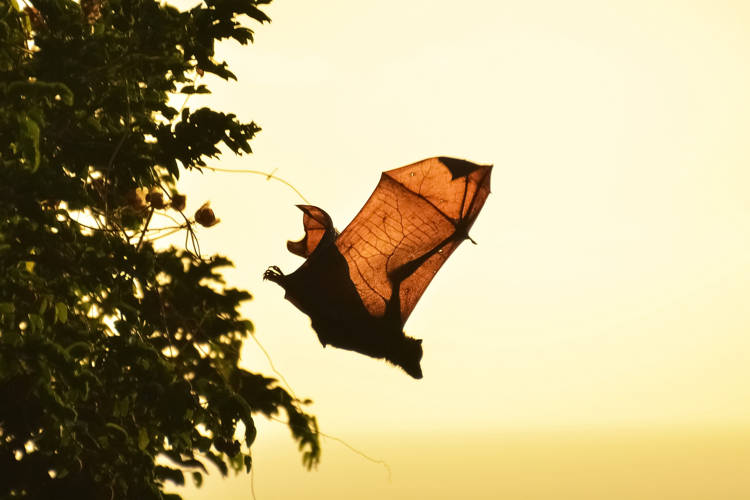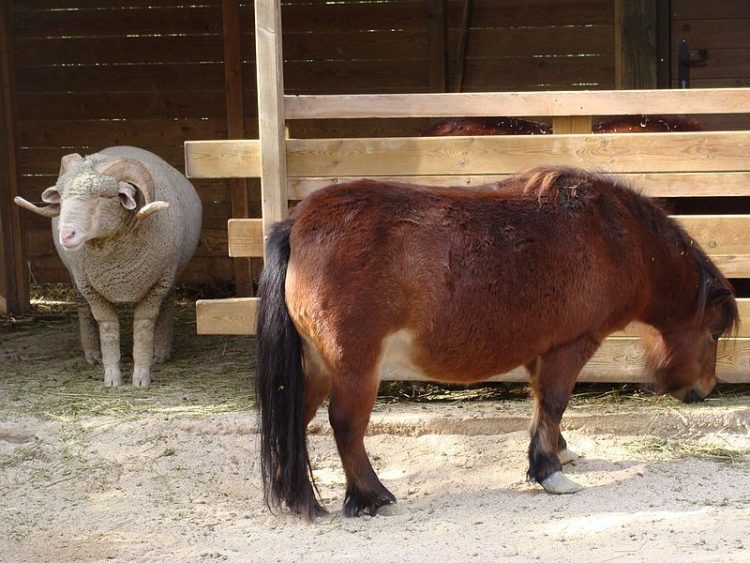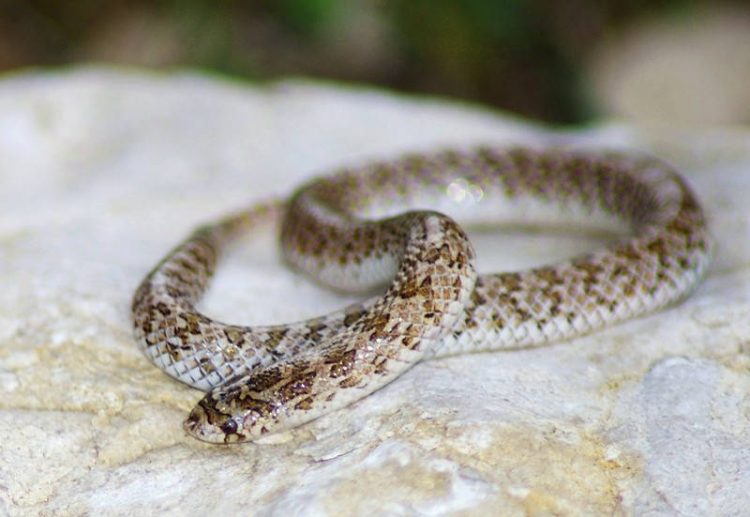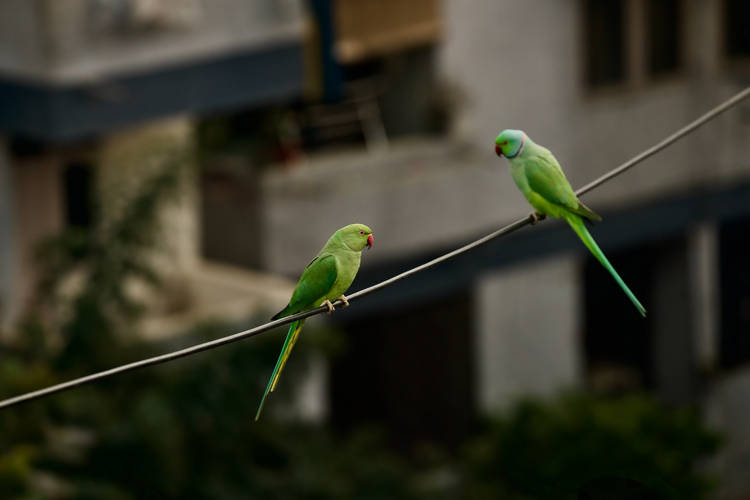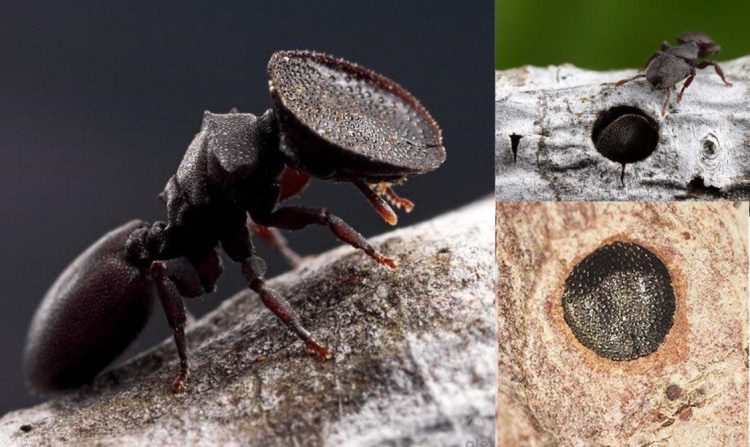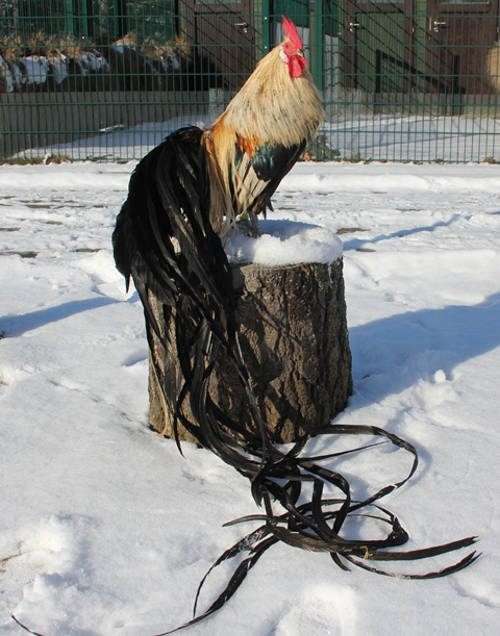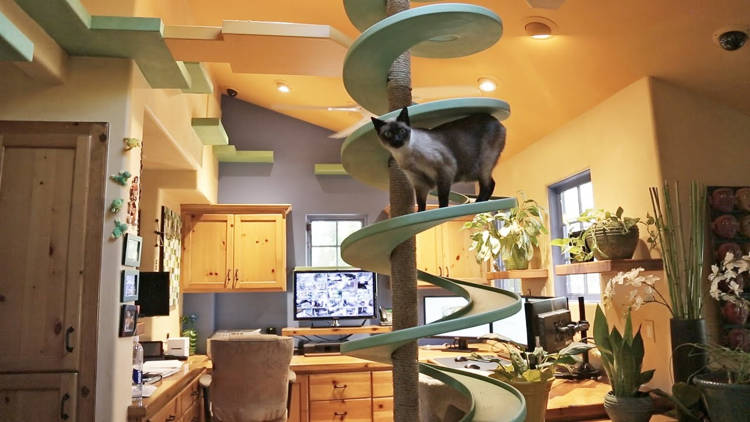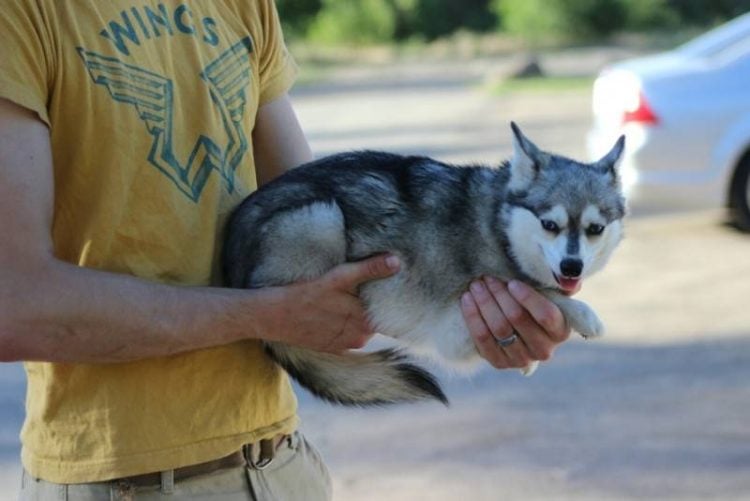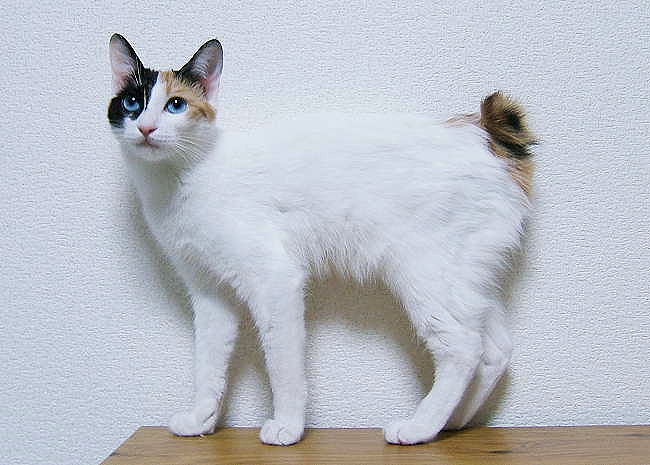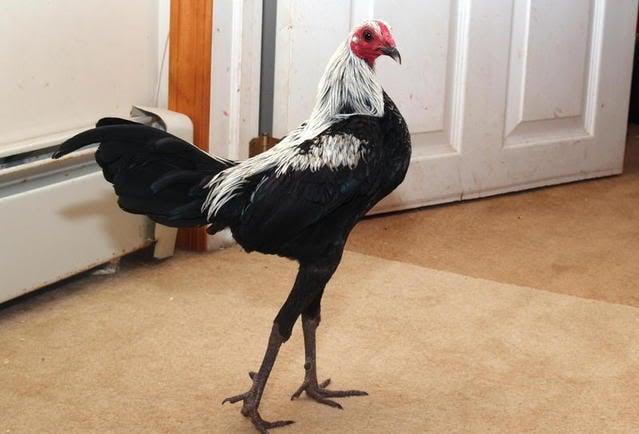The Joanina Library of the University of Coimbra Alta and Sofia is one of two Portuguese libraries to house colonies of bats as natural deterrents for bugs that would otherwise feed on old books and manuscripts.
As unusual as having a colony of Common pipistrelle bats living behind the bookshelves of one of the most beautiful libraries in the world, the curators of this historical marvel swear that the flying rodents provide an indispensable service – they feast on bugs that would otherwise damage or feed on old books. And with some of these ancient manuscripts being virtually priceless, it’s no wonder that the bats are regarded as helpful guardians.

